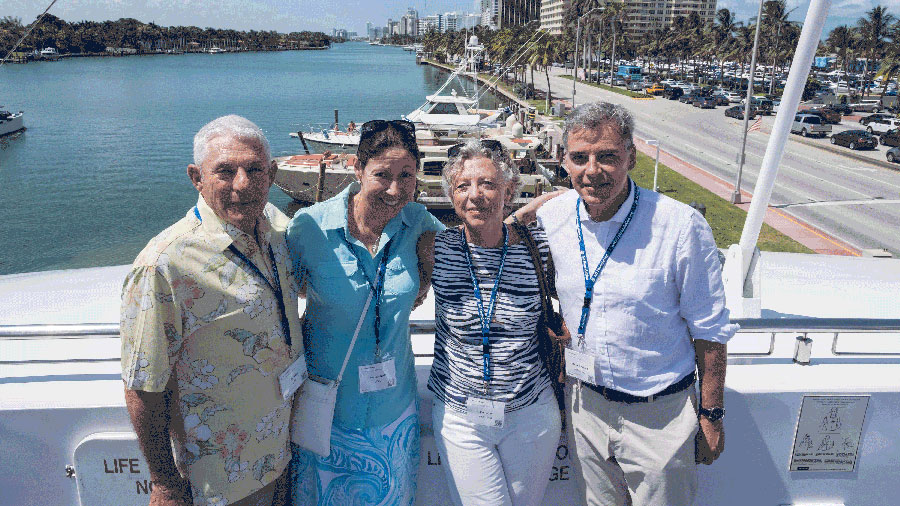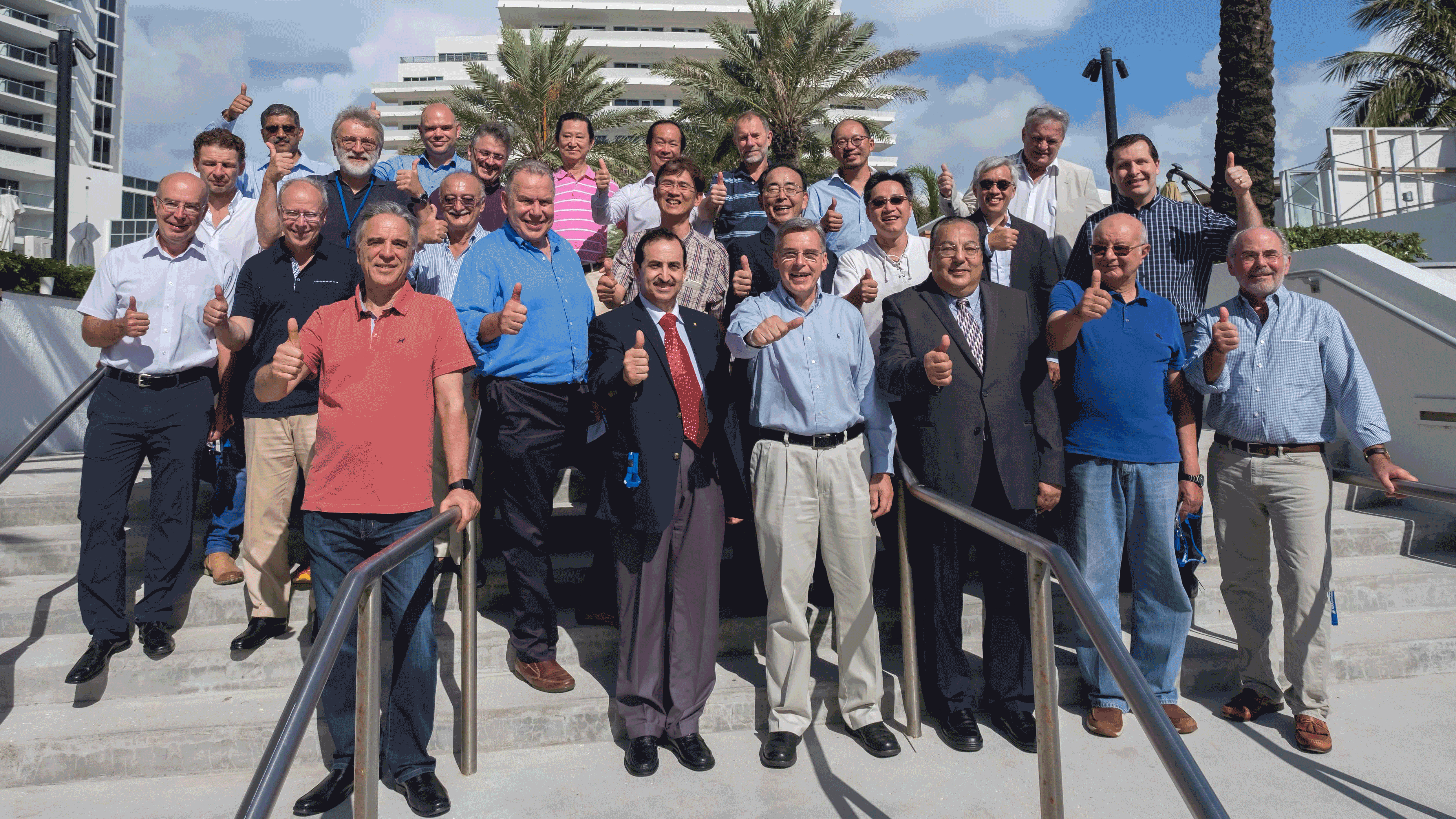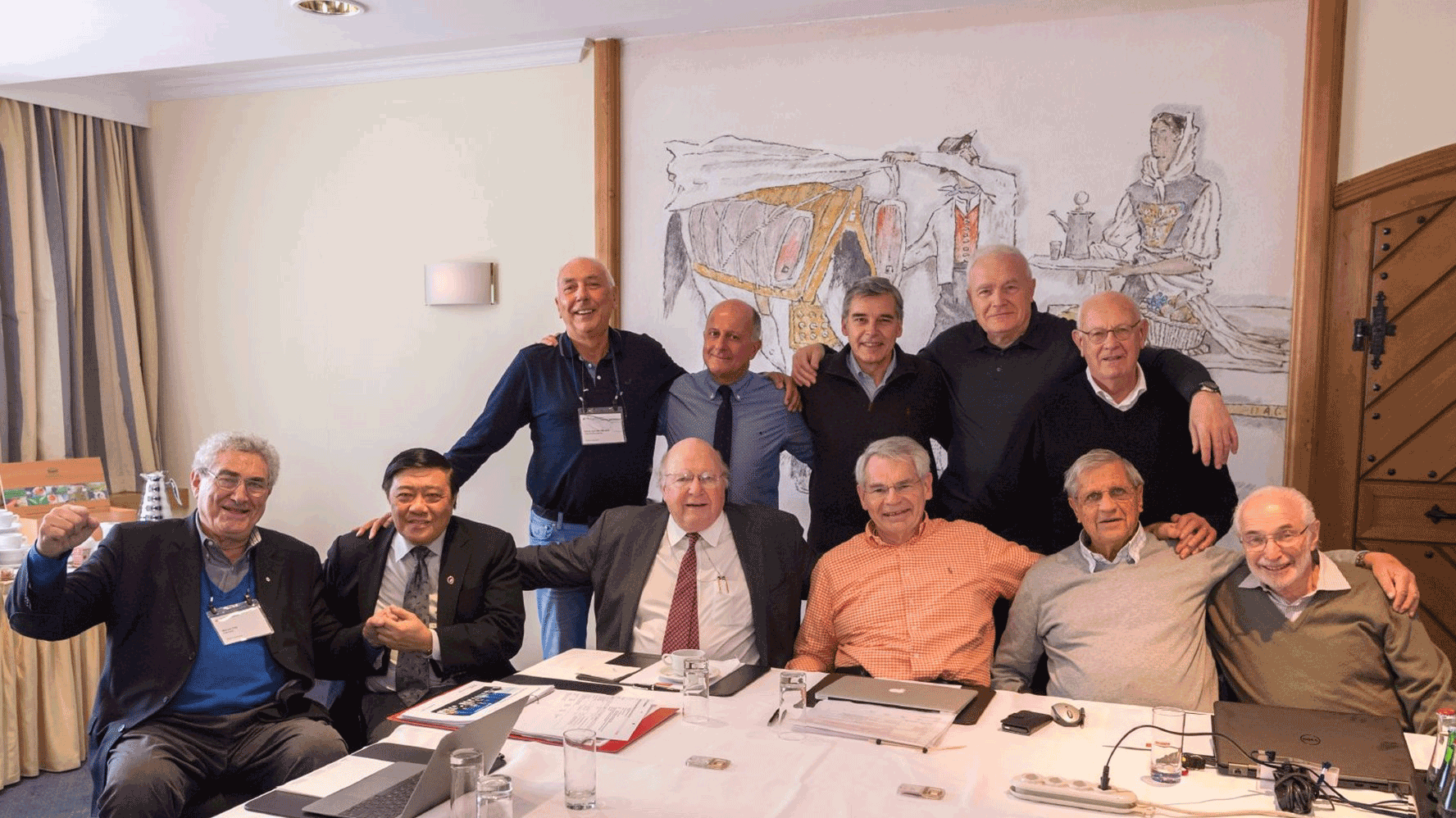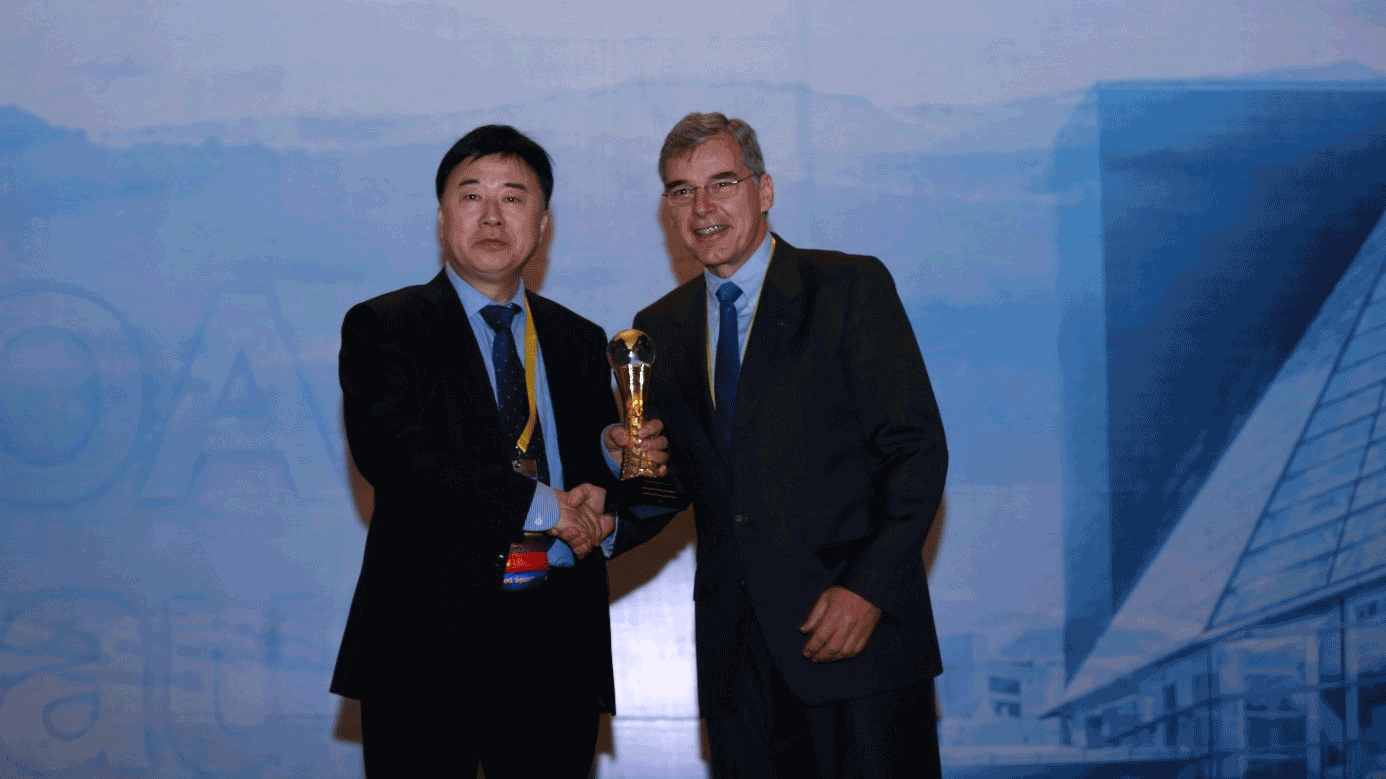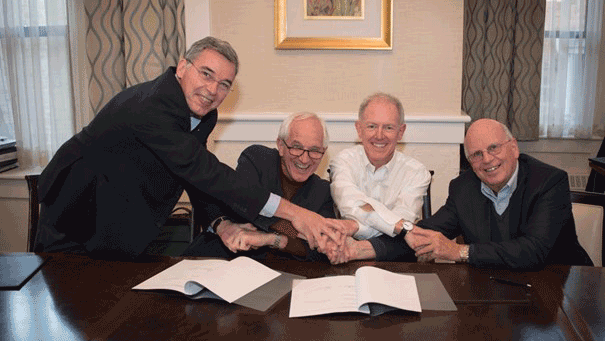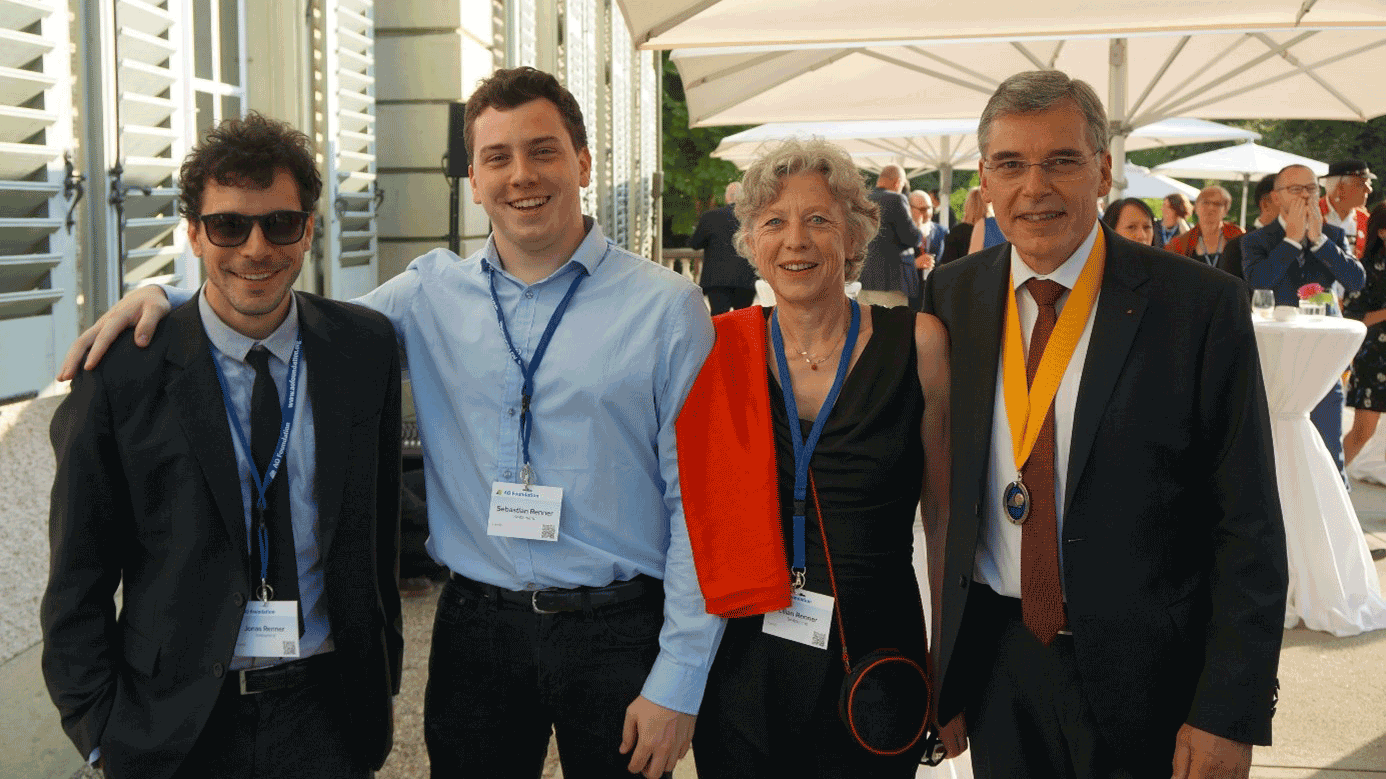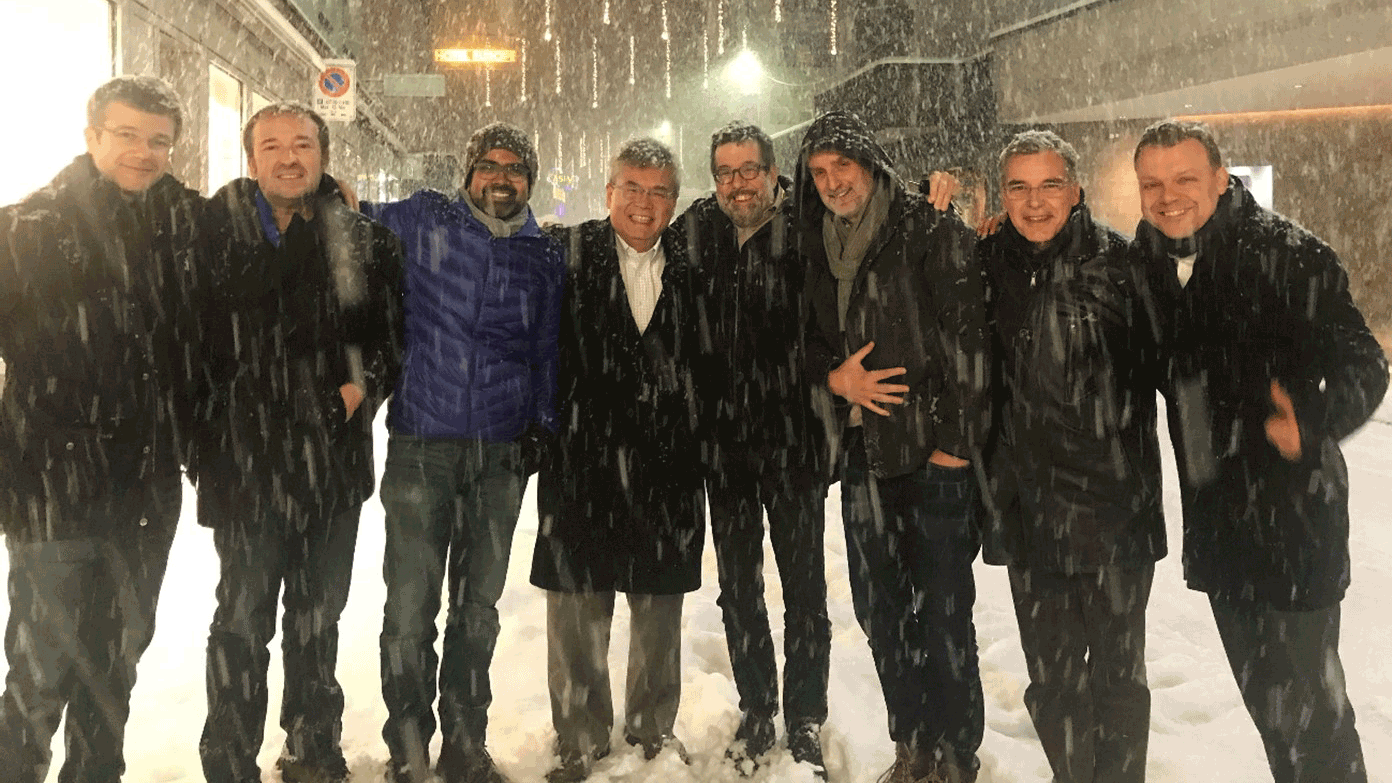AO Past President Nikolaus Renner: “The AO’s activities should focus on the needs of patients”
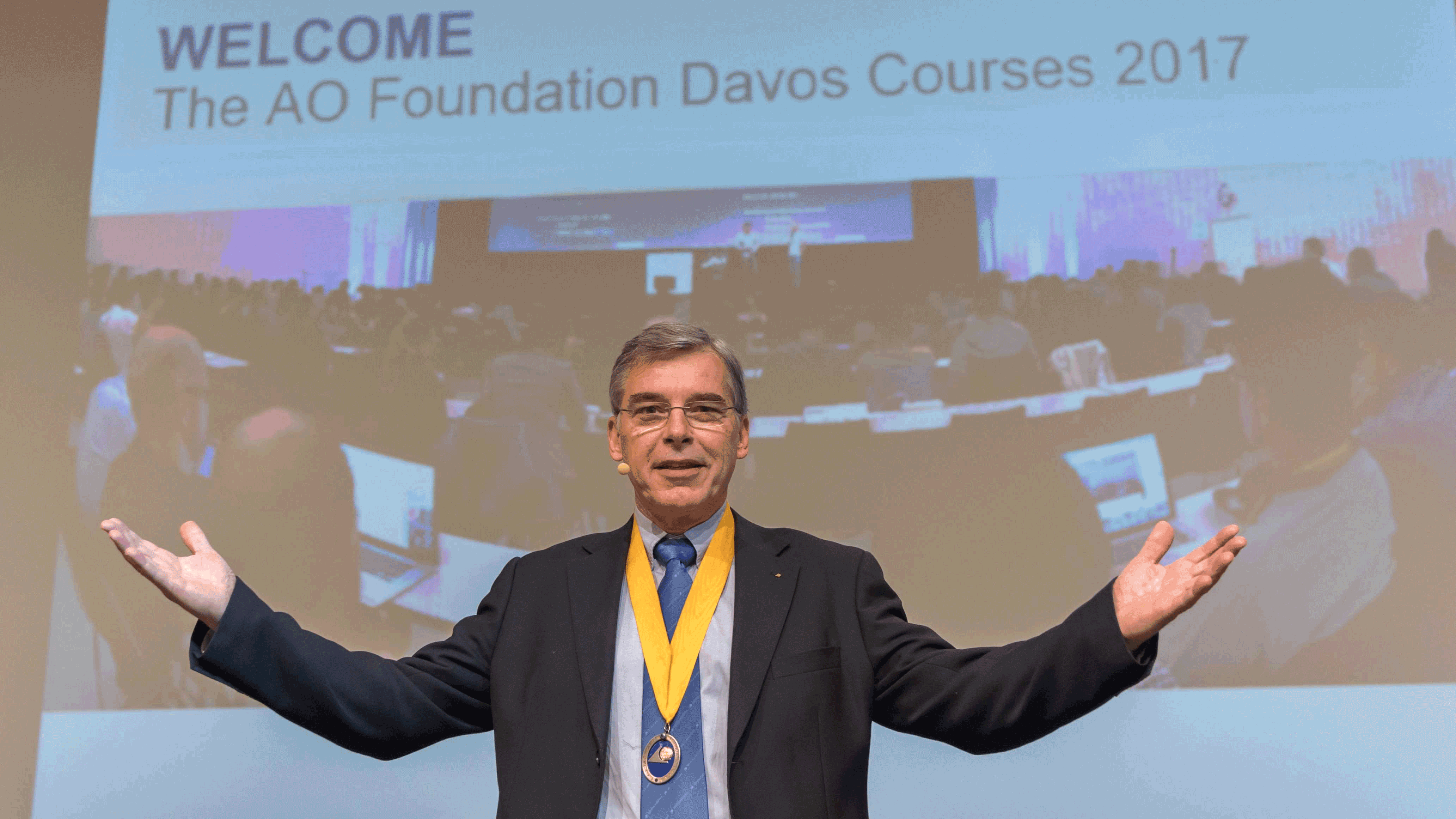
By: Vidula Bhoyroo, Project Manager/Medical Writer, AO Education Institute
After graduating from medical school at the University of Basel, Switzerland, Nikolaus Renner worked at the Laboratory for Experimental Surgery, Davos, Switzerland. From 1982−88 he worked at the Department of Surgery, University of Basel, which was headed by Prof Martin Allgöwer until 1983.
In 1990 Renner was a clinical instructor and international faculty member at Jackson Memorial Hospital, University of Miami, FL, United States, delegated by AO International. From 1991−93 he was a senior physician in general surgery at the Department of Surgery, University of Basel. From 1993−2021 he was head of traumatology at Kantonsspital Aarau, Switzerland.
At the AO, Renner started as an assistant table instructor at an advanced course during the 1983 AO Davos Courses. He served as faculty at over 200 AO courses worldwide (1992−2019). He has been a member of the Board of Trustees since 2002 and has served in various roles at the AO: Specialty Academic Council General Trauma Chairperson, member of the Academic Council of the AO Foundation, AO Trauma Research and Development Commission Chairperson, member of the AO Research and Development Committee, member of the AO Trauma Transition Board, AO Trauma International Board Chairperson, and AO President (2016−18). Since 2020, he has been vice president of the AO Alliance Board of Directors.
After graduating from medical school at the University of Basel, Switzerland, Nikolaus Renner worked at the Laboratory for Experimental Surgery, Davos, Switzerland. From 1982−88 he worked at the Department of Surgery, University of Basel, which was headed by Prof Martin Allgöwer until 1983.
In 1990 Renner was a clinical instructor and international faculty member at Jackson Memorial Hospital, University of Miami, FL, United States, delegated by AO International. From 1991−93 he was a senior physician in general surgery at the Department of Surgery, University of Basel. From 1993−2021 he was head of traumatology at Kantonsspital Aarau, Switzerland.
At the AO, Renner started as an assistant table instructor at an advanced course during the 1983 AO Davos Courses. He served as faculty at over 200 AO courses worldwide (1992−2019). He has been a member of the Board of Trustees since 2002 and has served in various roles at the AO: Specialty Academic Council General Trauma Chairperson, member of the Academic Council of the AO Foundation, AO Trauma Research and Development Commission Chairperson, member of the AO Research and Development Committee, member of the AO Trauma Transition Board, AO Trauma International Board Chairperson, and AO President (2016−18). Since 2020, he has been vice president of the AO Alliance Board of Directors.
How did you get introduced to the AO?
When I was a medical student at the University of Basel, Prof Martin Allgöwer invited everyone in my class to spend a weekend in Davos for lectures and practical exercises―like a mini AO Basic Principles Course―in the old research institute, topped by a few hours of skiing on Parsenn on the Sunday afternoon with the professor in person! It was not only a perfect introduction to the AO techniques of operative fracture treatment but also to the family spirit of the group. Personally, I was attracted by the mechanical aspect, the precision, the striving for excellence in all aspects (including teaching), and the open-minded spirit.
What was the role of the AO in shaping your evolution as a surgeon?
The AO has shaped my growth in various ways. First, while I was employed at the Laboratory for Experimental Surgery, I wrote my doctoral thesis about tibial shaft fractures under the mentorship of Prof Allgöwer. Second, when I started my residency at the Department of Surgery of the University of Basel, Prof Allgöwer was the chair of surgery and the head of the department. AO techniques were constantly imparted in every detail, starting with the morning conference, where all admissions of the past 24 hours were discussed and all cases operated were reviewed, including the relevant x-rays. Third, during the residency every resident attended the AO Courses in Davos as a table instructor. That is how I ended up at an English-speaking advanced course very early in my career.
When I was a medical student at the University of Basel, Prof Martin Allgöwer invited everyone in my class to spend a weekend in Davos for lectures and practical exercises―like a mini AO Basic Principles Course―in the old research institute, topped by a few hours of skiing on Parsenn on the Sunday afternoon with the professor in person! It was not only a perfect introduction to the AO techniques of operative fracture treatment but also to the family spirit of the group. Personally, I was attracted by the mechanical aspect, the precision, the striving for excellence in all aspects (including teaching), and the open-minded spirit.
What was the role of the AO in shaping your evolution as a surgeon?
The AO has shaped my growth in various ways. First, while I was employed at the Laboratory for Experimental Surgery, I wrote my doctoral thesis about tibial shaft fractures under the mentorship of Prof Allgöwer. Second, when I started my residency at the Department of Surgery of the University of Basel, Prof Allgöwer was the chair of surgery and the head of the department. AO techniques were constantly imparted in every detail, starting with the morning conference, where all admissions of the past 24 hours were discussed and all cases operated were reviewed, including the relevant x-rays. Third, during the residency every resident attended the AO Courses in Davos as a table instructor. That is how I ended up at an English-speaking advanced course very early in my career.
How did this development help you?
This opened an entirely new horizon and was a first step in becoming a member of an international network of experts and young passionate colleagues. After I completed my residency and achieved my board certification in general surgery, I had many options to subspecialize. At that time AO International was seeking a surgeon trained at a German-speaking AO clinic who would be willing to work at Jackson Memorial Hospital of the University of Miami to teach AO techniques as a clinical instructor and international faculty member. I was offered this position during a career talk with my boss.
You were very young to be offered such a prestigious position representing the AO.
I was 34 years old and together with my wife decided to move to Florida with our children for one year. Through contacts in the AO network, I was also able to visit some leading experts and hospitals in North America during that year: Roy Sanders in Tampa, Marvin Tile at Sunnybrook Medical Center in Toronto, Andy Burgess and Bob Brumback at Shock Trauma Center in Baltimore, Joel Matta in Los Angeles, and the outstanding team at Harbor View Medical Center in Seattle for a total of three months. These visits allowed me to study the American way of managing polytraumatized patients and to deepen my own expertise in the treatment of calcaneal fractures as well as pelvic and acetabular injuries. At Jackson Memorial Hospital the volume of trauma patients was huge, and I had the opportunity to teach some 25 residents who rotated through the trauma service during that year. I also learned of cases which were not so common in Switzerland but were well established there, like treatment of gunshot wounds, functional nonoperative fracture treatment, and intramedullary nailing of femoral and tibial fractures.
This opened an entirely new horizon and was a first step in becoming a member of an international network of experts and young passionate colleagues. After I completed my residency and achieved my board certification in general surgery, I had many options to subspecialize. At that time AO International was seeking a surgeon trained at a German-speaking AO clinic who would be willing to work at Jackson Memorial Hospital of the University of Miami to teach AO techniques as a clinical instructor and international faculty member. I was offered this position during a career talk with my boss.
You were very young to be offered such a prestigious position representing the AO.
I was 34 years old and together with my wife decided to move to Florida with our children for one year. Through contacts in the AO network, I was also able to visit some leading experts and hospitals in North America during that year: Roy Sanders in Tampa, Marvin Tile at Sunnybrook Medical Center in Toronto, Andy Burgess and Bob Brumback at Shock Trauma Center in Baltimore, Joel Matta in Los Angeles, and the outstanding team at Harbor View Medical Center in Seattle for a total of three months. These visits allowed me to study the American way of managing polytraumatized patients and to deepen my own expertise in the treatment of calcaneal fractures as well as pelvic and acetabular injuries. At Jackson Memorial Hospital the volume of trauma patients was huge, and I had the opportunity to teach some 25 residents who rotated through the trauma service during that year. I also learned of cases which were not so common in Switzerland but were well established there, like treatment of gunshot wounds, functional nonoperative fracture treatment, and intramedullary nailing of femoral and tibial fractures.
Why did you return to Switzerland instead of continuing your career in Miami?
Actually, I was offered to stay and to become the head of the newly built Ryder Trauma Center. From a Swiss perspective this was an incredible opportunity for a surgeon at my young age. However, Miami was not the best place to raise children at the time, and we finally decided to move back to Basel. Anyway, the experience gained abroad made this a pivotal year in my life, both professionally and personally. Back in Switzerland I was recognized as one of the upcoming trauma surgeons of the country and only two years later I was offered to be head of traumatology at Kantonsspital Aarau.
Tell us some of the highlights of your AO presidency.
The most enjoyable highlight was meeting people on all continents of the globe who were working on a common goal and whom I had the privilege to lead. This pertains to colleagues from different clinical divisions and to all the employees.
A further highlight but initially also a challenge was the planning and the preparation of the 60th Anniversary of the AO. The main purpose of all the different projects like the book by JP Jeannet, Leading a Surgical Revolution, the study on “The impact of the AO Foundation on fracture care: An evaluation of 60 years” by Klaus Eichler et al (an article on this vast undertaking was published in the Injury journal), and the video by Florian Gebhard et al, “History of AO,” produced by Robin Greene in-house, were initiated to show the world our network, what the AO is contributing to society, and what it had achieved in the last 60 years. In addition, the goal was to promote the message that the AO is an independent medical organization driven by surgeons.
Actually, I was offered to stay and to become the head of the newly built Ryder Trauma Center. From a Swiss perspective this was an incredible opportunity for a surgeon at my young age. However, Miami was not the best place to raise children at the time, and we finally decided to move back to Basel. Anyway, the experience gained abroad made this a pivotal year in my life, both professionally and personally. Back in Switzerland I was recognized as one of the upcoming trauma surgeons of the country and only two years later I was offered to be head of traumatology at Kantonsspital Aarau.
Tell us some of the highlights of your AO presidency.
The most enjoyable highlight was meeting people on all continents of the globe who were working on a common goal and whom I had the privilege to lead. This pertains to colleagues from different clinical divisions and to all the employees.
A further highlight but initially also a challenge was the planning and the preparation of the 60th Anniversary of the AO. The main purpose of all the different projects like the book by JP Jeannet, Leading a Surgical Revolution, the study on “The impact of the AO Foundation on fracture care: An evaluation of 60 years” by Klaus Eichler et al (an article on this vast undertaking was published in the Injury journal), and the video by Florian Gebhard et al, “History of AO,” produced by Robin Greene in-house, were initiated to show the world our network, what the AO is contributing to society, and what it had achieved in the last 60 years. In addition, the goal was to promote the message that the AO is an independent medical organization driven by surgeons.
And what about the challenges?
One of the main projects was the review of the vision and mission, which eventually lead to the current mission statement. Coining out the appropriate wording with all stakeholders involved was a lengthy but interesting process.
Another challenge with a negative outcome was the Soft Tissue Initiative in cooperation with Ethicon. It is commonly accepted that in operative fracture treatment the handling of soft tissues is crucial to avoiding complications, such as skin slough, infections, and delayed fracture healing. Yet there are only limited scientifically proven data indicating how such complications might be avoided through better soft-tissue handling. The goal was first to share best practices and to create courses to teach this and second to start working on the scientific basics which would then be integrated into the teaching. The pilot courses were successful, and all stakeholders were enthusiastic about the potential. However, when Ethicon faced financial challenges, the cooperation was terminated immediately.
How do you feel about the AO having recently celebrated its 65th anniversary?
The AO has reached the official retirement age in Switzerland. Age by itself is not an achievement. The AO should take a humble step back to revisit what might be its purpose of existence for the years to come.
What’s your vision for the AO going forward?
When the AO was founded, it was a small group of innovative minds propagating disruptive techniques of fracture treatment. In the meantime, these techniques have become the global gold standard of fracture treatment. Success tends to saturate, which also means that the need for innovation is no longer perceived as a vital priority. Thus, the challenge for the AO is to stay relevant. Relevant in the sense of our mission means to improve the treatment of injured patients worldwide. The AO’s activities should focus on the needs of patients.
One of the main projects was the review of the vision and mission, which eventually lead to the current mission statement. Coining out the appropriate wording with all stakeholders involved was a lengthy but interesting process.
Another challenge with a negative outcome was the Soft Tissue Initiative in cooperation with Ethicon. It is commonly accepted that in operative fracture treatment the handling of soft tissues is crucial to avoiding complications, such as skin slough, infections, and delayed fracture healing. Yet there are only limited scientifically proven data indicating how such complications might be avoided through better soft-tissue handling. The goal was first to share best practices and to create courses to teach this and second to start working on the scientific basics which would then be integrated into the teaching. The pilot courses were successful, and all stakeholders were enthusiastic about the potential. However, when Ethicon faced financial challenges, the cooperation was terminated immediately.
How do you feel about the AO having recently celebrated its 65th anniversary?
The AO has reached the official retirement age in Switzerland. Age by itself is not an achievement. The AO should take a humble step back to revisit what might be its purpose of existence for the years to come.
What’s your vision for the AO going forward?
When the AO was founded, it was a small group of innovative minds propagating disruptive techniques of fracture treatment. In the meantime, these techniques have become the global gold standard of fracture treatment. Success tends to saturate, which also means that the need for innovation is no longer perceived as a vital priority. Thus, the challenge for the AO is to stay relevant. Relevant in the sense of our mission means to improve the treatment of injured patients worldwide. The AO’s activities should focus on the needs of patients.
You might also be interested in:
- Reading more AO history stories
- Learning about the AO archive and history project
- Viewing the AO image collection
- Searching our online AO library catalog


